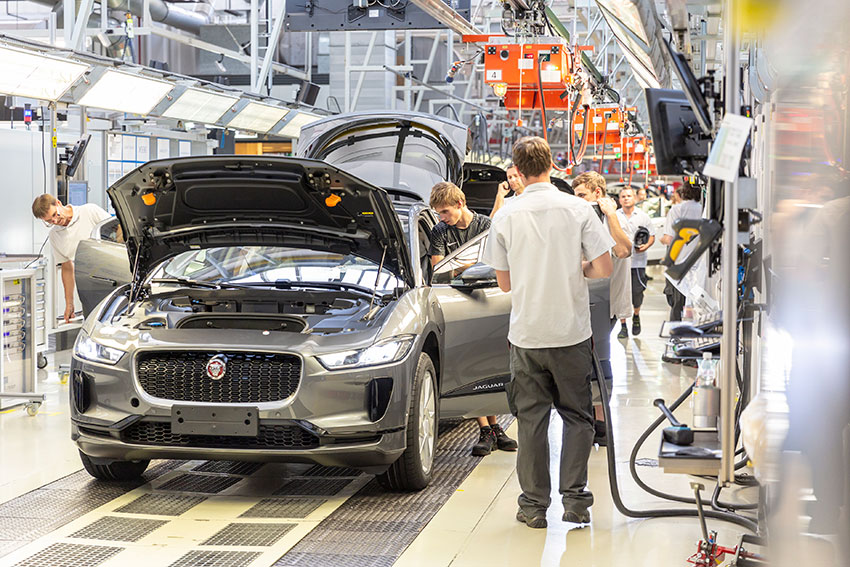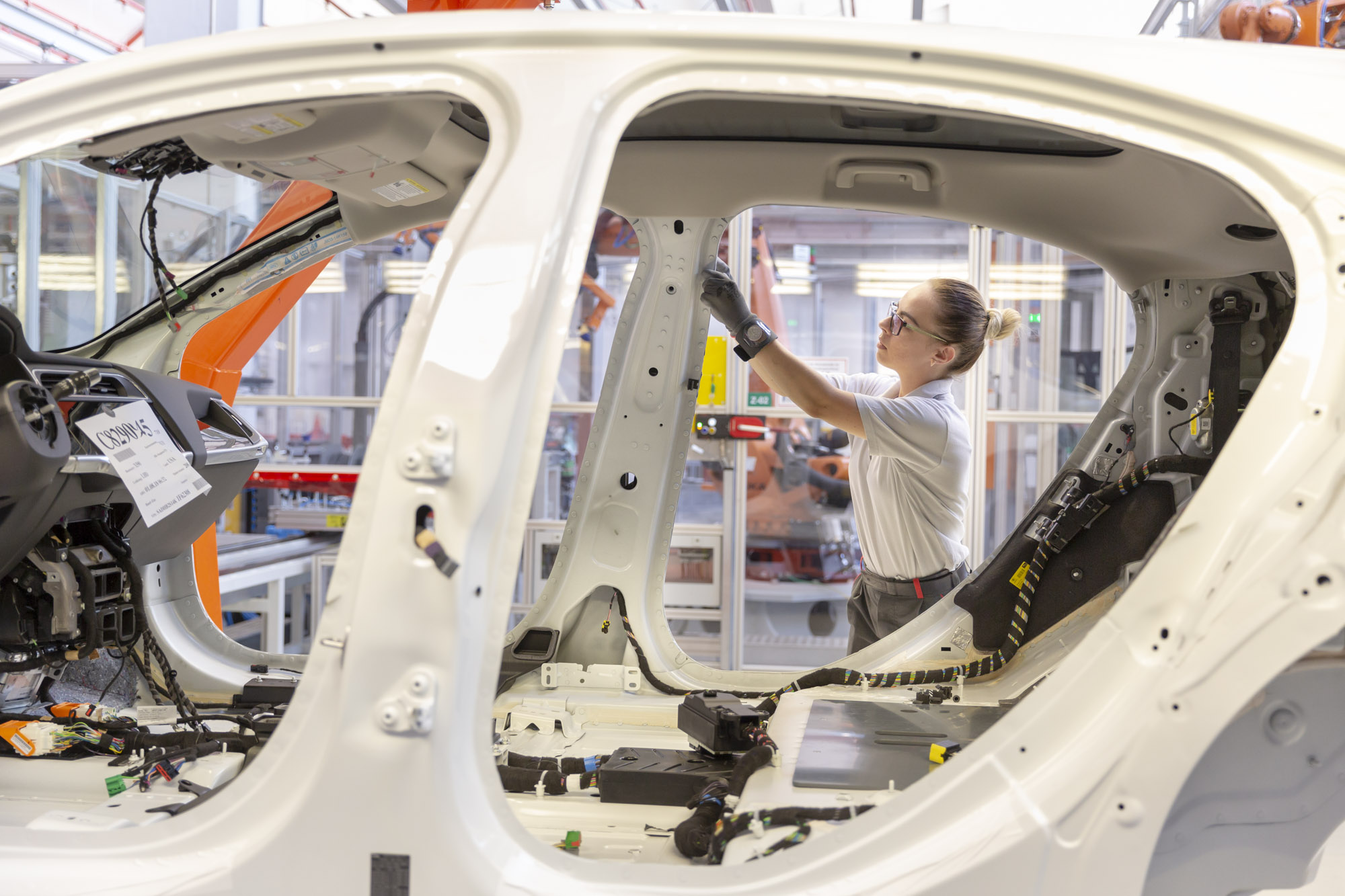WHY AUTOMOTIVE STARTUPS TEND TO UNDERESTIMATE THE CHALLENGES OF VEHICLE INDUSTRIALIZATION
Each vehicle production process encompasses hundreds of tasks and targets that are all interconnected. In addition to planning the production process itself, suppliers, vendors and investors must be found while the vehicle brand is being established. When unfamiliar with this list of related tasks, automotive startups can often lack the experience to fully understand the complexity of vehicle development, and therefore can underestimate its scope in many cases. Simply put, without experience, many new entrants can often be surprised by the sheer depth of vehicle development/production.
Overall, there are five general aspects of vehicle development that tend to pose the most challenges for automotive startups:
1. Determining the exact production volume
While it may sound easy to estimate the number of vehicles to be produced annually (or in total), this number is more uncertain than one may assume. As automotive startups are new players in the vehicle market, they cannot rely on their own historical data to determine their brand’s market potential. Estimates regarding production volumes are therefore likely to deviate from the actual demand of the vehicle.
Estimating production volume is not only challenging but can also be the cause of notable consequences as any changes can have a significant impact on the entire vehicle production plan. For example, the difference between producing 5,000 vehicles and 50,000 vehicles per year can be sizeable in terms of the required time and resources. Producing higher volumes than estimated could lead to capacity problems while smaller volumes could affect profitability and result in higher costs per unit.
2. Finalizing the vehicle concept and establishing key suppliers
While there are some elements of the vehicle which can be adapted fairly easily, it is vital to decide on the overall basis of the vehicle. Most notably, its chassis, the E/E (electrical/electronic) architecture and the drivetrain should be determined after the idea phase as changing these components at a later stage could cause delays and cost increases.
With the finalization of the concept also comes the question about which suppliers are necessary. However, organizing key suppliers for both the vehicle parts and the tools necessary for assembly can be a herculean task, particularly if a new entrant does not intend to produce in large volumes. The onboarding of key suppliers is often a reason why projects are delayed which makes it even more important for automotive startups to remain flexible and willing to compromise when building their supply base.






